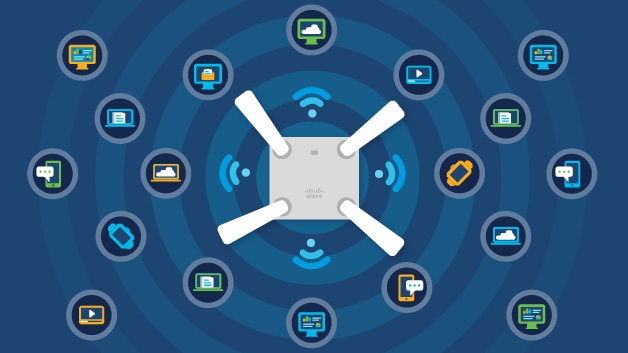How does MU-MIMO work?
MU-MIMO allows access points and their many antennas to transmit to multiple client devices at one time. That helps increase airtime efficiency so every client—regardless of what version of 802.11 it is running—gets the amount of airtime it's supposed to get based on the technology supported. A lower-speed client no longer slows the overall downlink throughput for others on the network.
